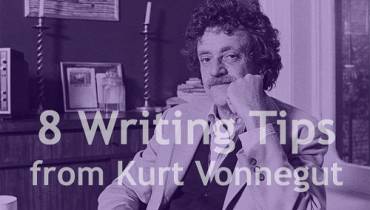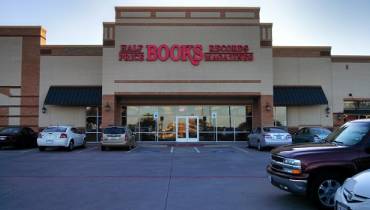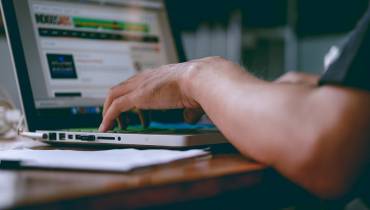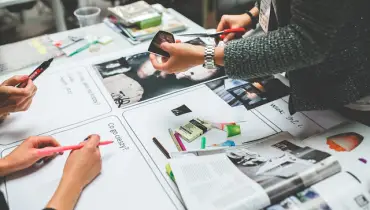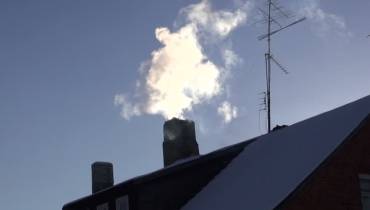Are You Using These Top Web Design Trends in 2024?
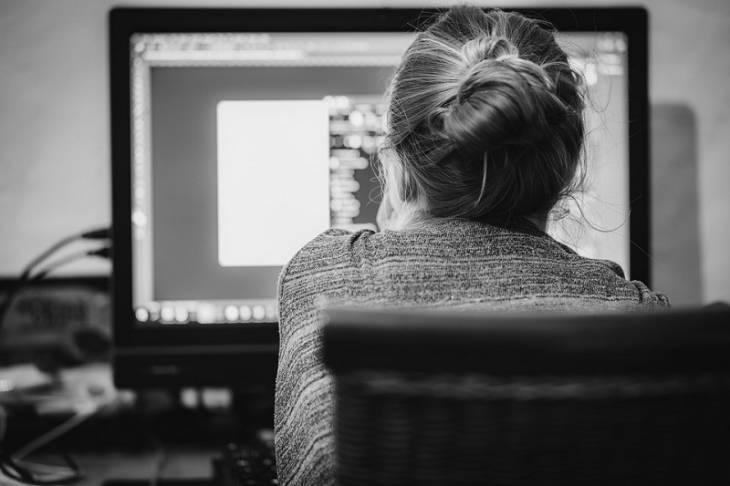
Web design trends – just like fashion trends – tend to be seasonal. They come and go, but some design trends seem to have more staying power than others.
Although, as professional web designers, we like to develop our own unique signature styles, it’s still important to keep up-to-date with the latest and hottest trends in web design so you don't lag behind.
Having scoured the internet, we’ve identified a number of web design trends and styles that seem to be really in this year.
Hot Web Design Trends to Watch this Year
Here're are some of the hottest web design elements and trends in web design to watch this year:
1. Typography
Typography has a very, VERY, long history as a medium for visual communication (err, it’s the thing that we read). But lately, typography has been a subject of focus for web design as well––at least, more than usual.
This is probably because we’re seeing way more in the form of typography interacting with websites thanks to browsers now capable of supporting more complex graphics requirements.
2. Bold Typefaces
So, one thing that seems to appear over and over in web design is bold typefaces. In fact, it looks like bold typefaces are literally meant to be replacing images on websites in many places.
3. Animated Typography
As mentioned above, the latest generation of browsers are powering some really creative developments in web design. As a result, we’re seeing a plethora of bouncing bold letters, floating thin typefaces, and other original uses of fonts.
4. The Serif Returns
Merely a year ago, if you told us that serif fonts had a place in modern web design, you would have been labeled a bold faced liar––and appropriately tarred and feathered.
And yet, serifs are making a comeback in the most surprising of web design trends.
If most web designers had avoided using serifs in the past like the plague, an increased confidence has revealed itself in the form of creative font plays which combine serif and san-serifs to create beautiful web designs.
Examples:
- Erikamoreira.co/ Bruno Arizio
- Alessandrazanghi.studio/ Adoratorio
- Dddhotel.jp/en/ GARDEN EIGHT
- Victor.work/ VICTOR WORK
- Apple.com/airpods-pro/ Apple
- Andrewleguay.com/ ANDREW LEGUAY
- Yir1819.lasalle.edu.sg/
- Kulbachny.com/ COSMOS STUDIO
- Mouthwash.co/ JASON BRADLEY
5. Microinteractions and Minigames
Decades of research and better understanding on how users interact with good web designs have resulted in the latest industry buzzword: microinteractions.
Indeed, what’s the point of designing award-winning web interfaces on the most advanced programming languages without giving viewers a chance to interact with it?
Microinteractions is the intentional design of a website which encourages a visitor to click through thanks to small amounts of positive feedback such as a little easter egg when they click somewhere.
We’ve also picked up on a similar trend of including minigames embedded in loading pages of web design. It’s pretty fun actually. We want more of this!
Examples:
- Weprofit.global
- Itsnotviolent.com
- Yanlinma.com/flat-ui-and-a-half
- Brotherfilmco.com
- Loerarchitecten.com/en
- Yourtypeface.com
- Paperplease.run
6. Unique Illustrations
Ok, illustrations as a web design trend are certainly not a new concept. In fact, we probably reached peak web illustration in 2018. But this trend is still going strong––and the illustrations are getting more and more elaborate and unique.
Illustrations are a fun way to communicate emotion to site visitors and to tell a story. It also adds to authenticity by telling your story.
Examples:
- Zoyaspantry.com.au
- Sabcomeed.com
- Ispy.heihei.resn.co
- Peststopboys.co.uk
- 56k.studiovoila.com
- Thebearandhisscarf.com
7. Asymmetric Layouts
The human eye is instinctively used to symmetry. And yet, in nature, we see asymmetry all around us, like in tree branches and shapes of clouds.
Asymmetric design has many functions, but most uses involve a technique for intentionally creating chaos. For some reason, web designers like that––and hey, people seem to like its playfulness.
Asymmetry puts more emphasis on motion and action. It is frequently used to exude a feeling of dominance.
Examples:
- Powerhouse-company.com
- Badass35.com/en/home
8. 3D elements
Remember that episode where Homer Simpson creates his own website (you know––from back when Simpsons was good) and he populates his webpage with a whole bunch of 3D gifs?
Well, things have progressed A LOT since the early 90s. But just as some things change, they stay the same. So here we are: back to integrating 3D elements.
There is a reason why web design trends keep coming back to 3D: adding depth to a webpage creates a greater sense of realism in a design. So obviously, 3D imagery is just an extension of that original concept.
The most use we’ve seen out of 3D imagery is around product showcasing, which helps give them a more tangible feel from behind a flat computer monitor to visitors.
Examples:
- Stonestyle.co.th
- Monsieurnoss.com
- Maxmara-bearinggifts.betteringbrands.com
- Useplink.com/en
9. Ultra Minimalism
As web designs trends come and go, but one trend that seems to be going strong is the push towards minimalistic design. And now, the latest step: ultra minimalism.
Much like standard minimalism, to the untrained eye it might initially appear that all it takes to create an ultra-minimalist site design is to strip away all of the non-essential elements and components, and merely replace them with whitespace. But, there’s much more to it than that.
Deciding which elements to discard and keep is a skill in itself. Every single pixel has to be carefully and painstakingly arranged to produce optimum results. Designers must also possess a good understanding of negative space and apply it consistently.
Possessing expert knowledge of typography and a trained eye for selecting the perfect color scheme are just some of the creative skills you will need to create an ultra-minimalist web layout successfully.
Examples:
- Thierrychopain.com
- Nikolastype.com
- Whitesquarecapital.com
Anyway, that’s all we’ve got for now. Have you noticed any of these trends? What did you think of them? Do they enhance your web browsing experience?
Let us know in the comments below so that we can beat everyone else as web design trend setters for the year.










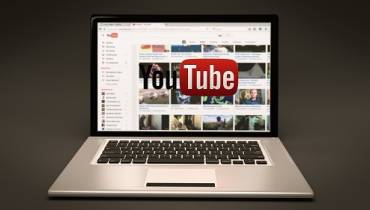

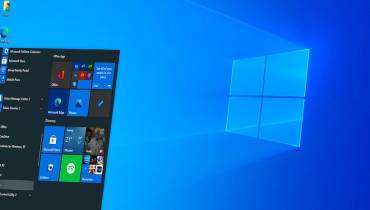
![Why Technology Is So Important Today [node:title]](/sites/default/files/styles/video_thumbnail_bottom/public/modern_technologies.jpg?itok=FcNFxqF-)
